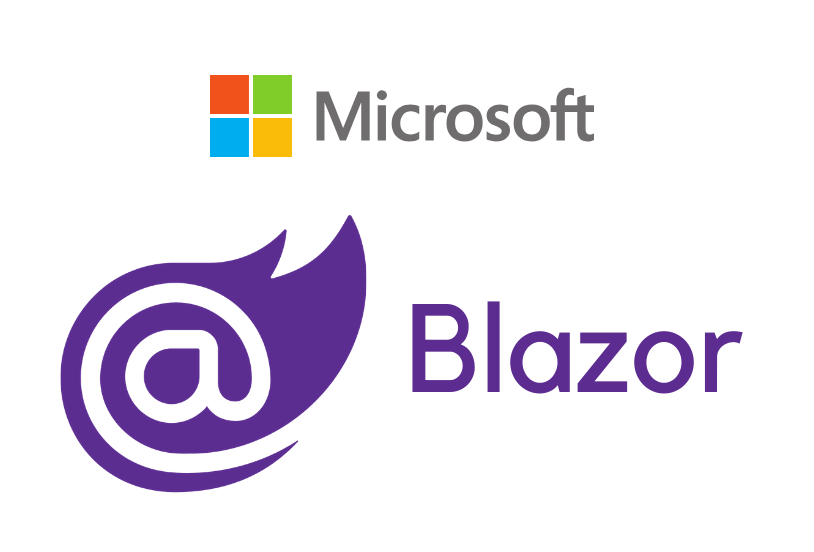You might be stuck on whether to use Blazor or Razor framework for web development.
Companies tend to move to more developer-friendly frameworks, with Microsoft forging ahead with the introduction of Blazor. According to Microsoft, this new open-source framework makes the effort of developing online apps even easier.
Blazor has the ability to create sophisticated web user interfaces by integrating HTML and .NET C#. On the other hand, Microsoft already offers a technology called Razor that allows you to use .NET C# in HTML.
Let’s explore both frameworks and understand the difference between Blazor and Razor frameworks.
What is Blazor?
Blazor is an open-source framework for building single-page applications. It is a combination of the names Browser and Razor. It can not only execute Razor views on the server in order to render HTML to the browser, but it has the ability to execute views on the client-side. Component-based applications are used in Blazor. Existing ASP.NET MVC apps can use Blazor components.
The framework will update the DOM based on the component types that require updating. This enables real-time applications where the page can be changed or even totally redesigned without requiring the browser to be refreshed.
Blazor app development is an intuitive framework allowing startups and enterprises to build interactive web applications. Its component-based structure assists businesses and developers in establishing a more uniform development environment while also reducing development time.
Blazor framework comprises many features, including
- Routing
- Server-side or client-side rendering
- Forms and validations
- Layouts.
- Virtualization.
- Dependency injection
- Debugging in browsers or the IDE
- HttpContext
- ViewData
- Section helper method
What is Razor?
Razor is a markup language providing easy transitions between HTML and C# and Visual Basic syntax, with C# being the most often used. Razor files with the extensions. Cshtml, .vbhtml, or. razor will be found in an ASP.NET solution. Razor’s compiled artifact is executable code that renders HTML in an HTTP response. Razor has been compiled to provide enhanced performance in production scenarios.
Razor is a web app development system that is based on ASP.NET. It has all of the capabilities of classic ASP.NET markup, but it’s a lot simpler to use and learn.
The core of the Razor framework is its Components, and let’s look at them
- Parameters
- Data binding
- Routing
- Event handling
- Dependency injection
- Cascading values
- Layouts
- Templating
What is the difference between Razor and Blazor?
Blazor is a modern component-based version of Razor, allowing you to divide down your features into small, focused components, making them easier to design. You may easily combine these components to create a rich feature or a full application.
- Blazor is an innovative web UI SPA framework modeled on the C# Razor NET Core MVC web application; however, it sends data as a response instead of sending data.
- Blazor is a single-page app framework SPA that uses C# instead of. It’s an alternative to MVC and Razor Pages, but with a twist: it’s a single-page app framework SPA that uses C#.
- Razor Pages is a unique server-side rendering method, while Blazor performs client-side.
- The server-side Blazor ASP.NET Core program is run on the server and communicates with the client via a SignalR connection. It is compatible with all current browsers. Blazor is, in other words, a hosting model for Razor components.
- The fundamental benefit of Razor is that it provides an optimized syntax for generating HTML using a code-oriented templating technique; thus, there is less transition between HTML and code. In comparison, Blazor delivers all of the features of a modern, powerful single-page application framework. Furthermore, it permits developers to create client and server code in the same language (. NET). Additionally, both client and server programs can use the same classes.
Final Thoughts
Blazor is a new way to develop interactive web applications using the functionalities of.NET Core. It’s more than just writing C# in HTML. This was made feasible in part by Razor, an already existing technology.
Without Razor, it would be impossible to combine the logic and flexibility of a Back-end language like C# with the foundation of Front-end languages, HMTL and CSS.
Looking to build web applications for your business? Hire Blazor developers from Zenesys to build an interactive and user-friendly web application.















